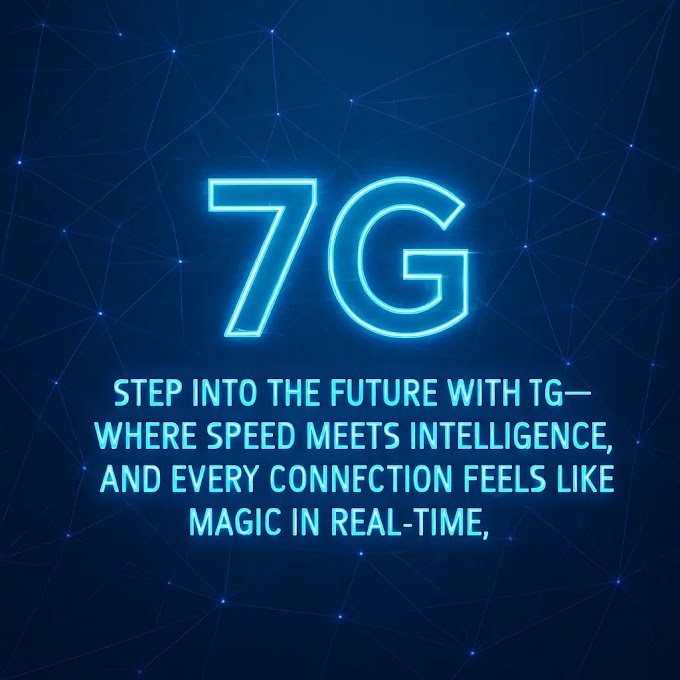Introduction
In today’s fast-paced world, everything needs to be quick, smart, and efficient – from phones to homes. Amid this shift, a new term is gaining traction: Snap Solar System. It’s not just another solar panel setup; it’s a fast-install, plug-and-play, hassle-free energy solution that promises to light up every corner of your home with clean power.
While traditional solar systems involve days of installation, complex approvals, and heavy wiring, the Snap Solar System simplifies everything. Designed to be quick and user-friendly, this solution lets you enjoy solar energy with minimal effort. Let’s dive into what it is, how it works, and why it’s quickly becoming a must-have in eco-conscious households around the world.
What is the Snap Solar System?
Snap Solar System is a modular and compact solar energy solution designed for speed and simplicity. The name says it all: "Snap" – meaning it installs instantly, with no fuss. This system is perfect for people who want fast, efficient, and affordable renewable energy for their homes or small commercial spaces.
It features small modular panels that use a snap-fit mechanism to connect with each other. No welding, no heavy tools required. These panels can be mounted on rooftops, balconies, or railings easily. The sleek, modern design ensures they blend with your home’s aesthetics.
How Does the Snap Solar System Work?
The system runs on traditional photovoltaic (PV) technology but adds smart functionality. When sunlight hits the panels, it generates direct current (DC). A compact inverter then converts that into alternating current (AC) to power your home appliances.
A standout feature is the wireless monitoring system. You can track your energy consumption and solar output in real-time through a mobile app. Some versions even come with built-in battery storage, giving you power even during nighttime or cloudy days.
Benefits of the Snap Solar System:
1. Fast Installation: Any trained technician can install it within 1–2 hours. Unlike traditional systems, there's no waiting for days. It's designed for instant energy access.
2. No Heavy Setup: No scaffolding or heavy-duty wiring needed. Just snap the panels and start using. This also reduces installation labor costs significantly.
3. Scalable Design: Add or remove panels as per your needs. Start small and expand based on your energy usage or budget over time.
4. Cost-Effective: Generally 20–30% cheaper than traditional solar systems. The basic unit starts around $300 USD, making it a budget-friendly solution for many households.
5. Eco-Friendly: A solid move away from fossil fuels toward green energy. It helps reduce your carbon footprint significantly.
6. Perfect for Renters: The system is portable. If you move houses, simply uninstall it and take it with you. No major disassembly or loss of investment.
7. Low Maintenance: Snap Solar Systems require minimal upkeep. Just clean the panels occasionally to keep performance high. Most come with a 10–15 year warranty.
8. Durable Design: Built for tough weather. Panels are resistant to rain, heat, and wind, with a lifespan of 20–25 years.
This combination of speed, simplicity, affordability, and sustainability is what sets the Snap Solar System apart in the growing market of green energy solutions.
Global Adoption: Who's Leading the Way?
Several countries are pushing the boundaries of modular solar technology, and the Snap Solar System concept is becoming increasingly global:
United States: Residential plug-and-play kits with mobile app tracking are growing fast. States like California, Arizona, and Texas are key markets.
Germany: With aggressive green policies, Germany supports modular solar systems with subsidies and permits.
Australia: A leader in rooftop solar, Australia is adopting snap-fit and quick-install designs in urban and rural homes.
Japan: Space-saving and efficient systems like Snap are ideal in Japan’s dense cities.
India: A growing market, especially in rural areas where portable solar can bypass grid limitations.
UK, Canada, and Netherlands: Energy-conscious consumers and smart home trends are fueling interest in Snap-style systems.
Is Snap Solar System the Future?
Absolutely with rising electricity costs and the urgent need for sustainable energy, innovations like Snap Solar System offer a ray of hope. It removes the complexity of solar installation and brings clean energy within reach of everyday people.
Governments across the globe are now pushing for easy-to-adopt solutions. Snap Solar Systems fit right into this mission by making solar energy simple, accessible, and scalable.
Beyond residential use, Snap-style solar technology is being explored for disaster relief zones, off-grid villages, and temporary setups like outdoor events or mobile health camps. Its portability and minimal setup needs make it a game-changer not just for urban homes, but also for rural innovation and emergency energy support.
Governments across the globe are now pushing for easy-to-adopt solutions. Snap Solar Systems fit right into this mission by making solar energy simple, accessible, and scalable.
Conclusion
Snap Solar System is more than just a product – it’s a mindset. One that believes we can meet our energy needs smartly and sustainably. It’s perfect for people who care about the planet but don’t want to deal with complicated systems or maintenance routines.
If you’re looking for a future-proof investment, the Snap Solar System is a strong contender. It delivers on convenience, cost-saving, and climate-conscious living – all at once. Less effort, more power, better future.
FAQs
1. Can I install the Snap Solar System myself?
Yes, if you have basic electrical skills. Otherwise, a technician can set it up in 1–2 hours.
2. Does it come with battery backup?
Some versions include built-in batteries. You can also connect it to an external battery bank.
3. Will it work in rainy or cloudy weather?
Yes, though energy output may be slightly reduced. Battery backup ensures continuous power.
4. How much does the Snap Solar System cost?
The basic unit starts around $300 USD and can increase based on your system size and needs.
5. Do I need permission from my housing society or HOA to install it?
If you're installing it in your private space (like your own rooftop or balcony), usually no permission is needed. But shared spaces may require approval.














